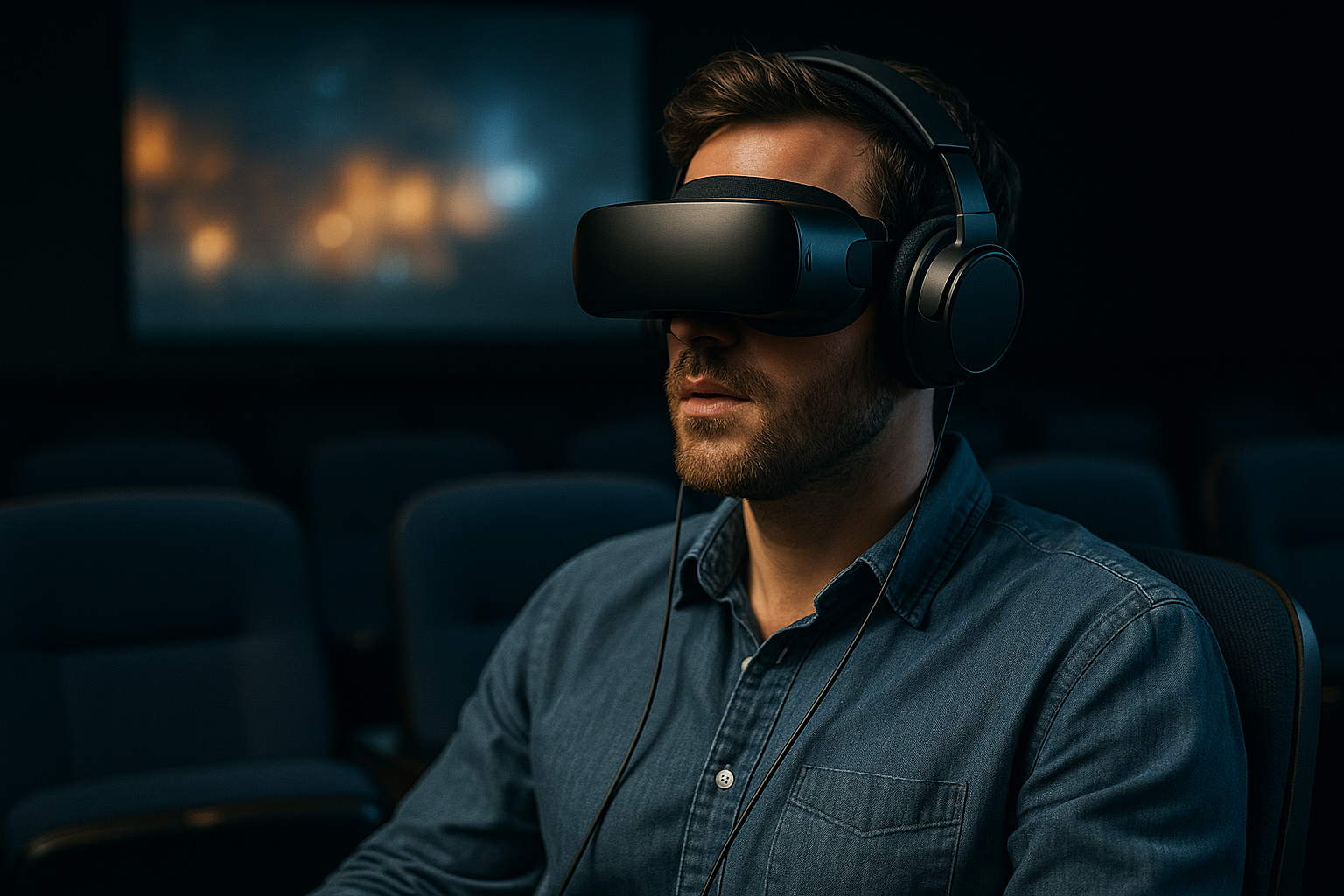"Sensory Cinema: A New Frontier in Film Experience"
Imagine a film experience that transcends the visual and audio, immersing you in an intricate world of scents, tastes, and tactile sensations. Welcome to the realm of Sensory Cinema, a burgeoning trend in the film industry designed to captivate audiences in entirely new ways. This article delves into the origins, current developments, and future implications of this innovative phenomenon.

The Genesis of Sensory Cinema
Sensory Cinema, a concept that seems like a science fiction, has roots tracing back to the mid-20th century. Visionaries such as Mike Todd Jr. pioneered early attempts at multi-sensory cinema with Smell-O-Vision, a system that released odors in sync with the film’s narrative. Despite the initial interest, technological limitations and practical challenges led to its premature demise. However, the concept remained, waiting for technology to catch up.
Current Scenario: A Resurgence
With the advent of advanced technology, the concept of Sensory Cinema has experienced a revival. Newer technologies have allowed filmmakers to experiment with sensory elements beyond sight and sound. For instance, South Korean cinema introduced 4D, where audiences experience physical effects such as seat movements, wind, and water sprays synchronized with the film’s action. More recently, we have witnessed an advent of culinary cinema, where audiences are served dishes that correspond to the meals being savored on screen.
The Impact of Sensory Cinema
Sensory Cinema has the ability to create a more immersive and engaging cinematic experience. It adds another layer of realism, enabling audiences to feel closer to the action and the characters. Moreover, it provides a unique selling point for movie theaters in the age of streaming, offering an experience that home viewing cannot replicate.
The Reception and Future Prospects
While Sensory Cinema has been met with mixed responses, it is undeniable that it has sparked curiosity and interest. Some critics argue that these sensory additions can distract from the narrative, while others applaud the increased immersion. As technology continues to evolve, we can expect to see more nuanced and refined applications of Sensory Cinema. However, the key challenge remains to strike a balance between sensory enhancement and narrative integrity, ensuring that the sensory elements serve to enhance the story, not overshadow it.
In conclusion, Sensory Cinema represents a fascinating development within the film industry, offering a new level of audience engagement. As we continue to explore its potential, it may well redefine our understanding of the cinematic experience.




